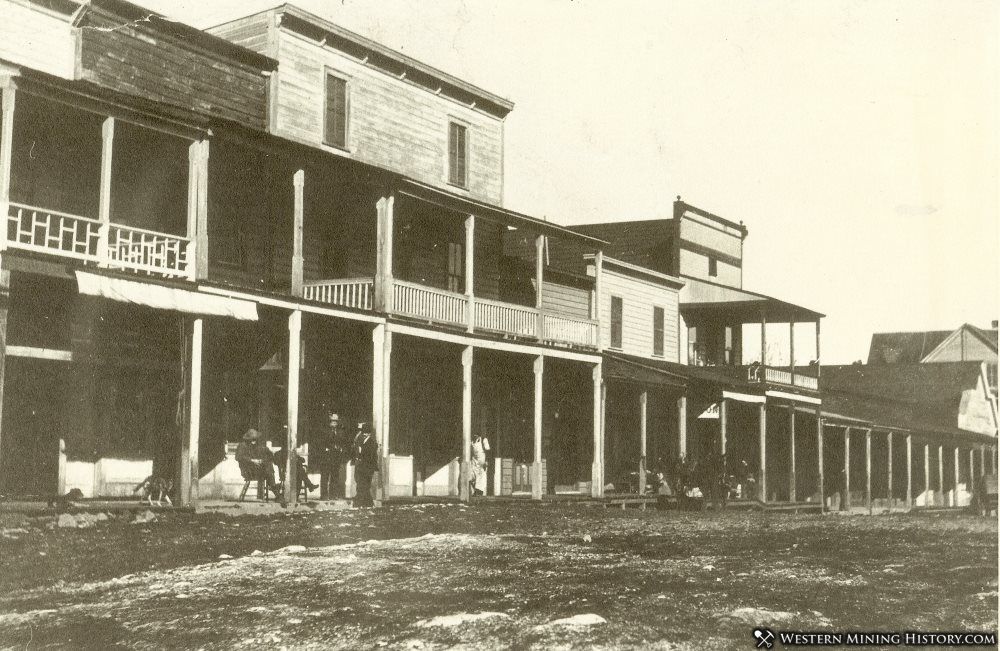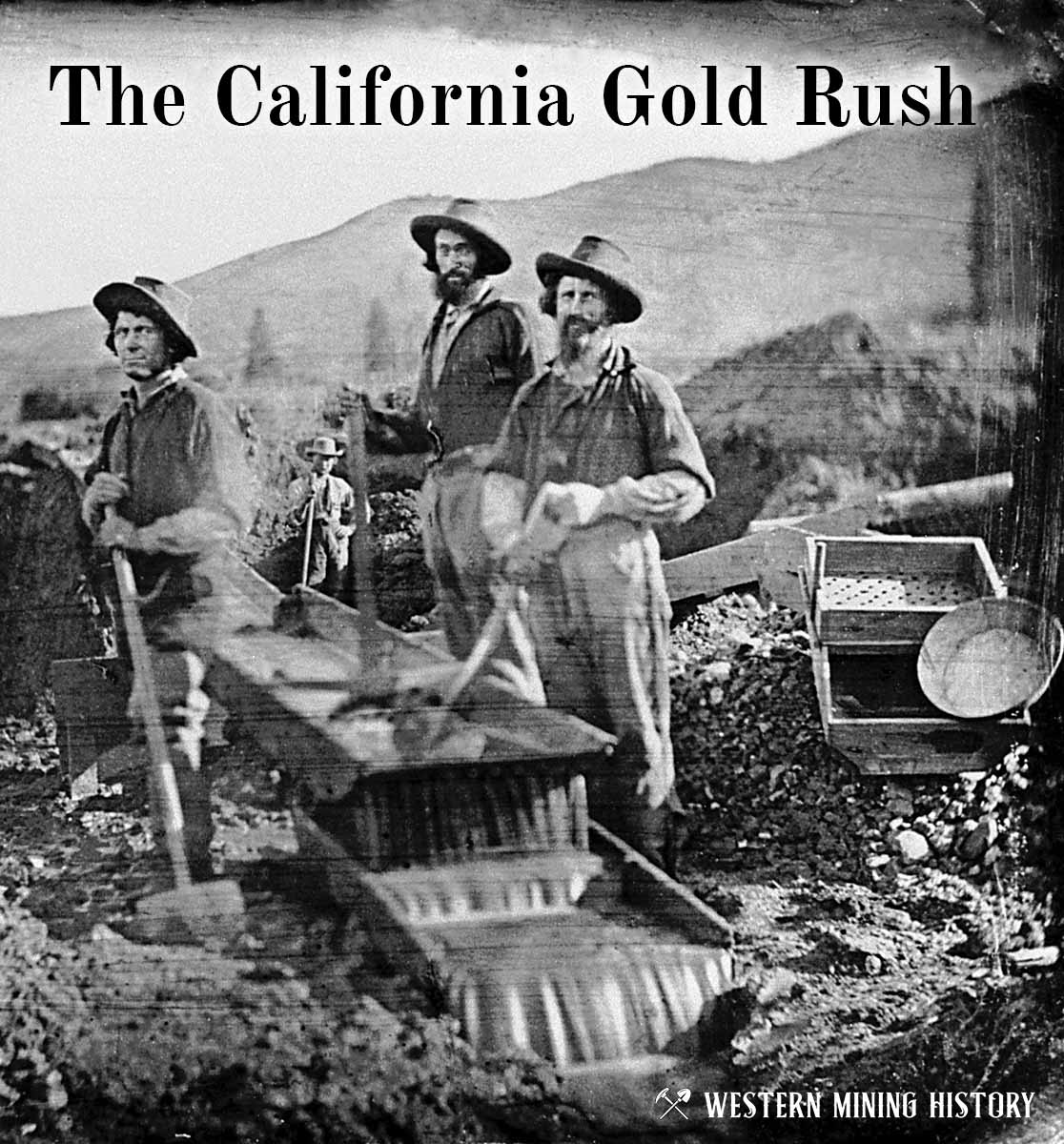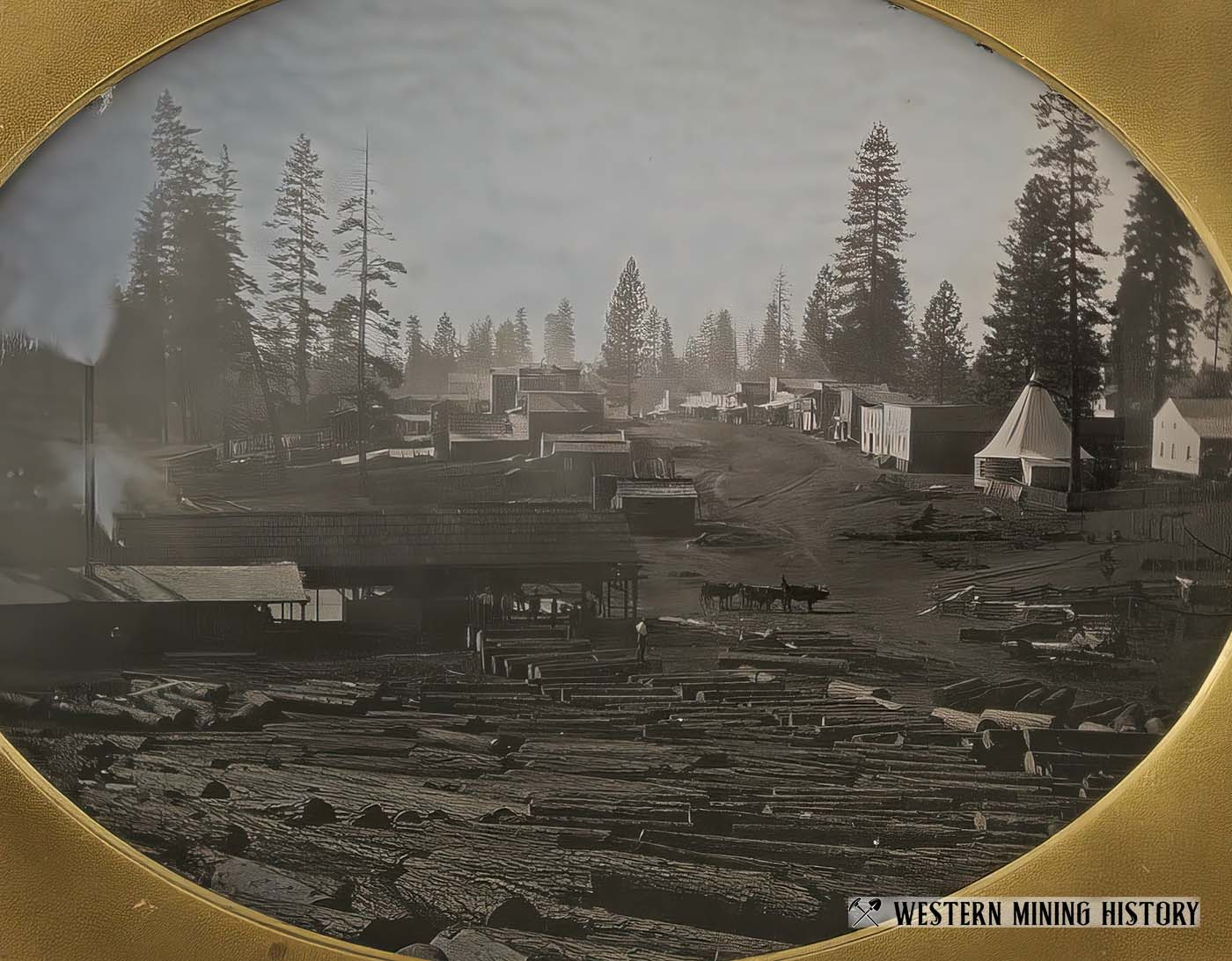Georgetown History
Rich gold deposits were discovered near Georgetown in the summer of 1849. The original camp was known as "Growlersburg", due to the large nuggets that "growled" in the pockets of miner's pants. The name was later changed to Georgetown, named after an early prospector at the camp, but whether that was George Phipps or George Ehrenhaft is not known. The town is mentioned in a newspaper as having 5,000 miners working the local mines. A post office was established at Georgetown in 1851.

The placer mines in the area were rich, and millions in gold was recovered by the early 1850s. By the early 1860s mining transitioned from placer to lode mining. The lode mines of the district were significant producers, giving Georgetown a longer lease on life that most of the early placer mining settlements.
Fires destroyed the town in 1852 and 1856. After 1856 most buildings were built of brick, many of which still stand today.
Georgetown is still an active town today, and has many historic Gold-Rush era buildings still standing.
It All Started With The Gold Rush

The great California Gold Rush kicked off the entire saga of western mining. Read about it at The California Gold Rush.
California Gold

"Where to Find Gold in California" looks at the density of modern placer mining claims along with historical gold mining locations and mining district descriptions to determine areas of high gold discovery potential in California. Read more: Where to Find Gold in California.
